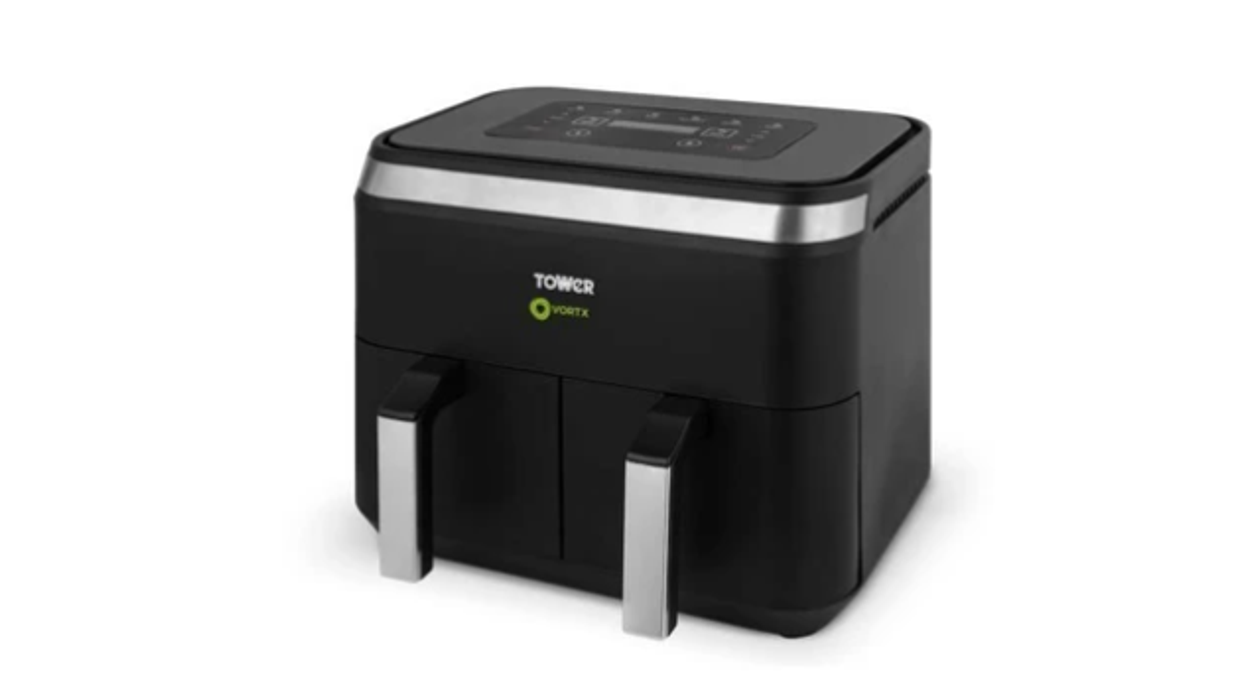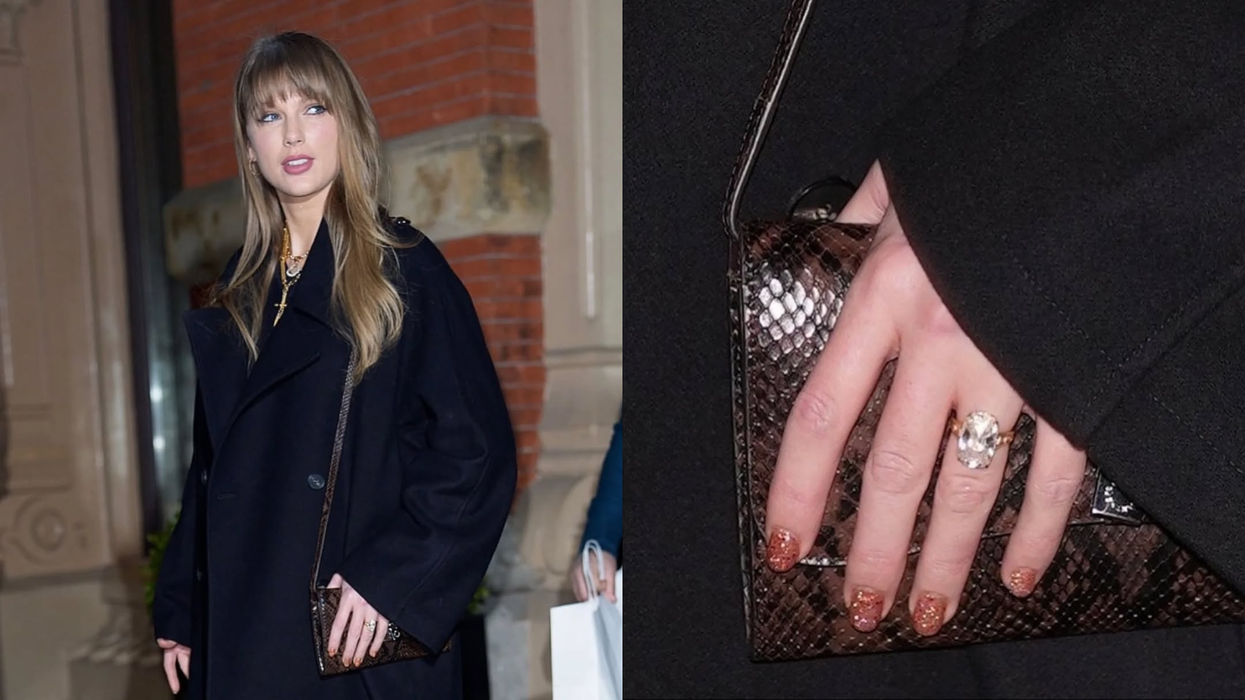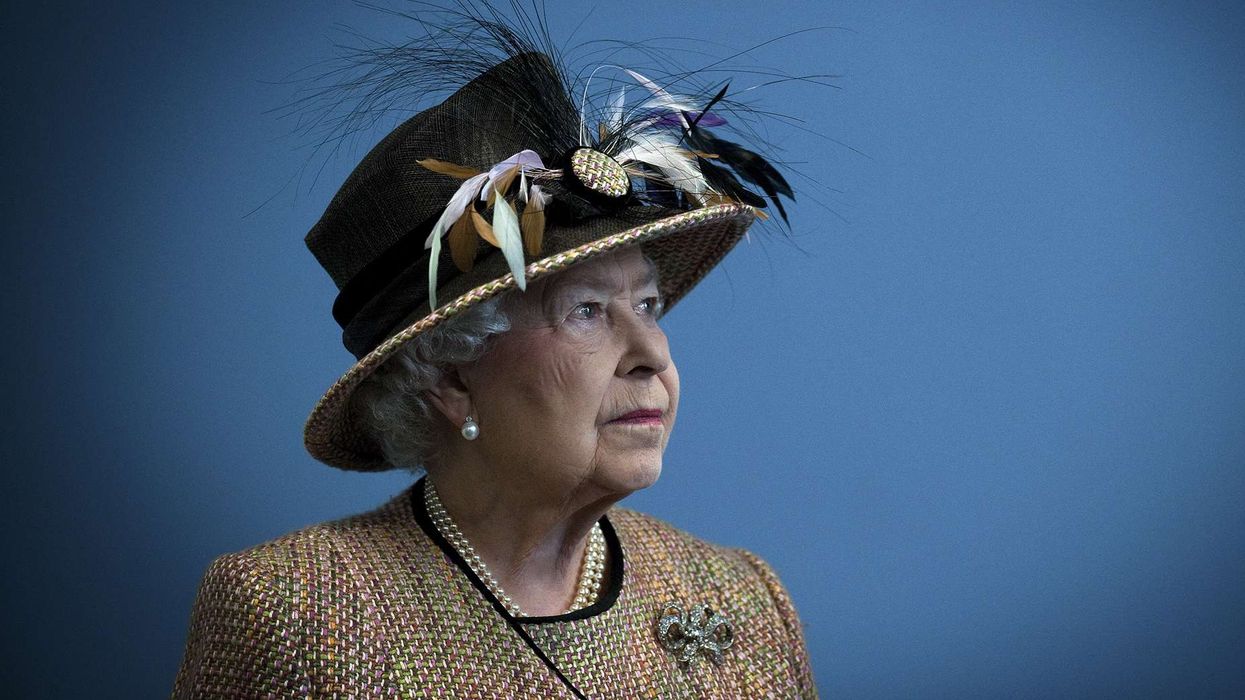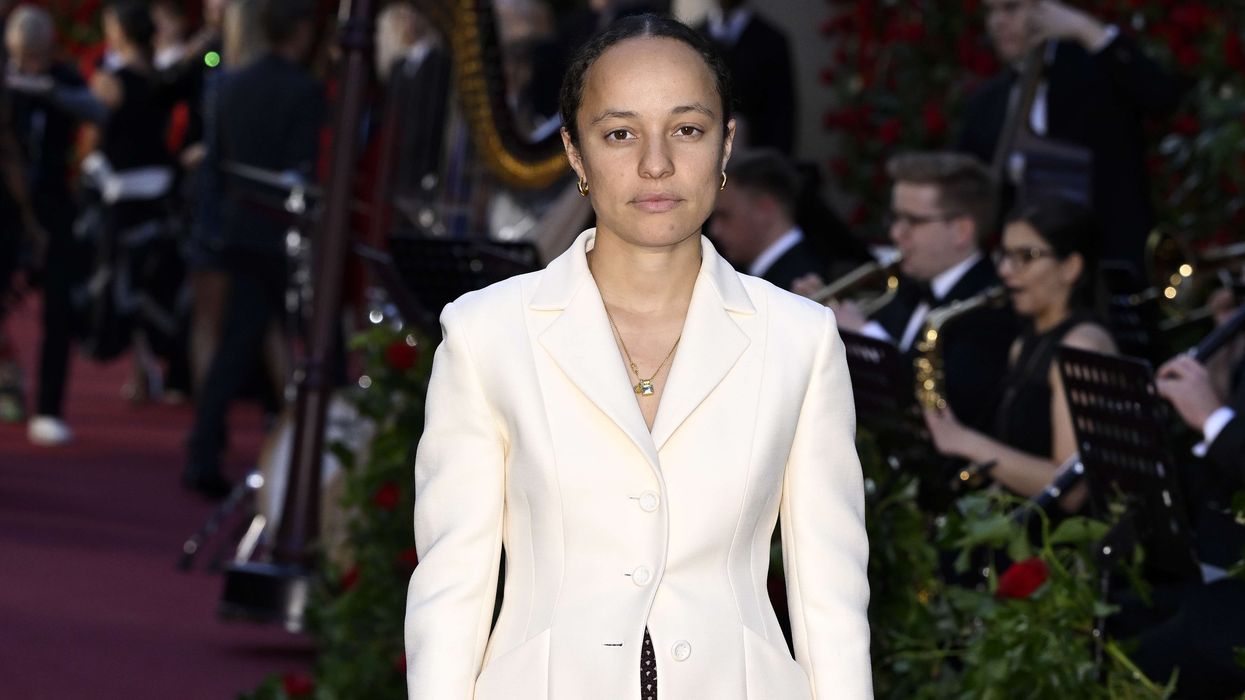Key points
- Lidl GB recalls Tower 8Ltr Dual Basket Air Fryers (model T17129L)
- Safety issue identified: risk of overheating and potential fire hazard
- Customers urged to stop using the product immediately
- Returns can be arranged via www.tower-safety.co.uk
- Lidl confirms no other Tower products affected
Fire hazard prompts urgent recall of air fryer model
Lidl GB has recalled a popular kitchen appliance due to serious safety concerns. The Lidl Tower air fryer recall affects all stock of the Tower 8Ltr Dual Basket Air Fryer, model number T17129L, after the discovery of a potential fire risk linked to overheating.
The retailer’s supplier identified that the affected units may overheat during use, posing a fire hazard. As a result, Lidl has urged customers to “stop using it immediately” and begin the return process.
Details of affected model and safety risk
The product in question is the Tower 8Ltr Dual Basket Air Fryer, with the specific model number T17129L. The recall covers all units of this model sold at Lidl GB.
No other Tower products sold at Lidl are impacted by this safety notice. The supplier has set up a dedicated website at www.tower-safety.co.uk, where customers can confirm whether their unit is affected and arrange a return.
How to check and return the product
Consumers who believe they have purchased the affected air fryer can visit the Tower safety website for detailed instructions on identifying the model and returning it. Customers can also contact Lidl’s Customer Care team:
- Email: customer.care@lidl.co.uk
- Phone: 0203 966 5566
Lidl has apologised for the inconvenience caused and thanked shoppers for their cooperation.
Earlier concerns over Tower air fryer safety
This is not the first time Tower air fryers have raised safety alarms. Earlier in 2024, officials warned that certain Tower models posed a risk of overheating and ignition during use.
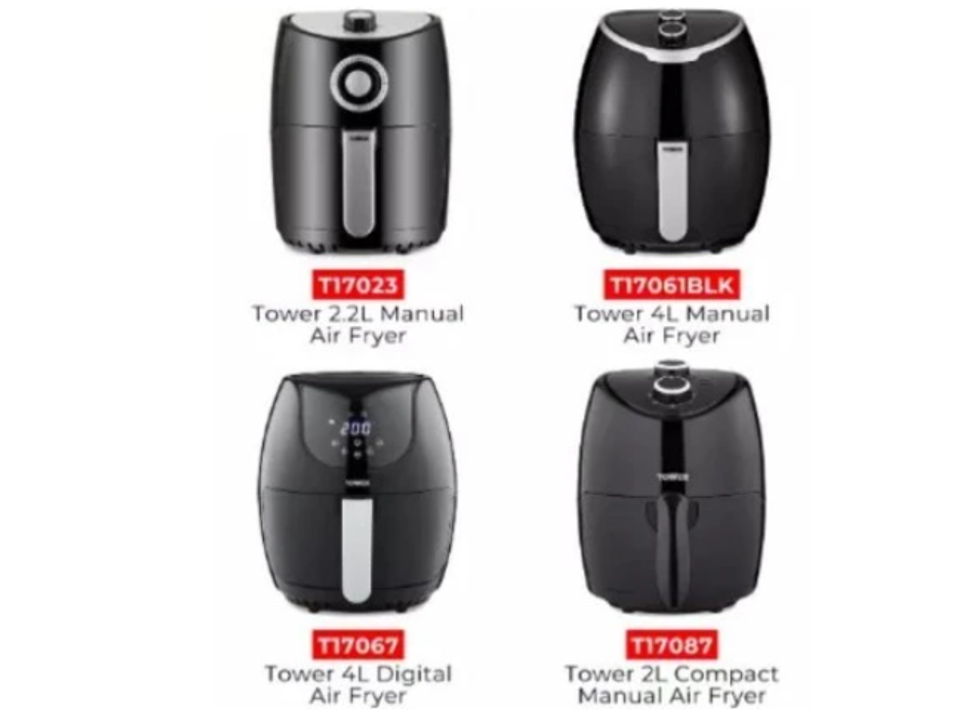
These models had been sold at various major UK retailers, including Tesco, Argos, B&M Bargains, Poundland, Robert Dyas, and the Tower Housewares website. The warnings led to heightened consumer concern around the safety of air fryers sold under the Tower brand.
Recent Lidl product recall over food safety
The Lidl Tower air fryer recall comes shortly after another urgent product warning from the supermarket. Lidl had previously recalled a popular breakfast food product found to contain pieces of metal, which the Food Standards Agency (FSA) confirmed as a choking risk.
Affected customers were advised to return the item to Lidl stores for a full refund.
Reminder to take recalls seriously
Both food and product recalls are issued to protect public health and safety. The FSA has also recently issued a warning about sweets containing unauthorised mineral oils, advising consumers not to purchase or consume them.
Consumers are reminded to always check product recall notices and take appropriate action to avoid any health or safety risks.
